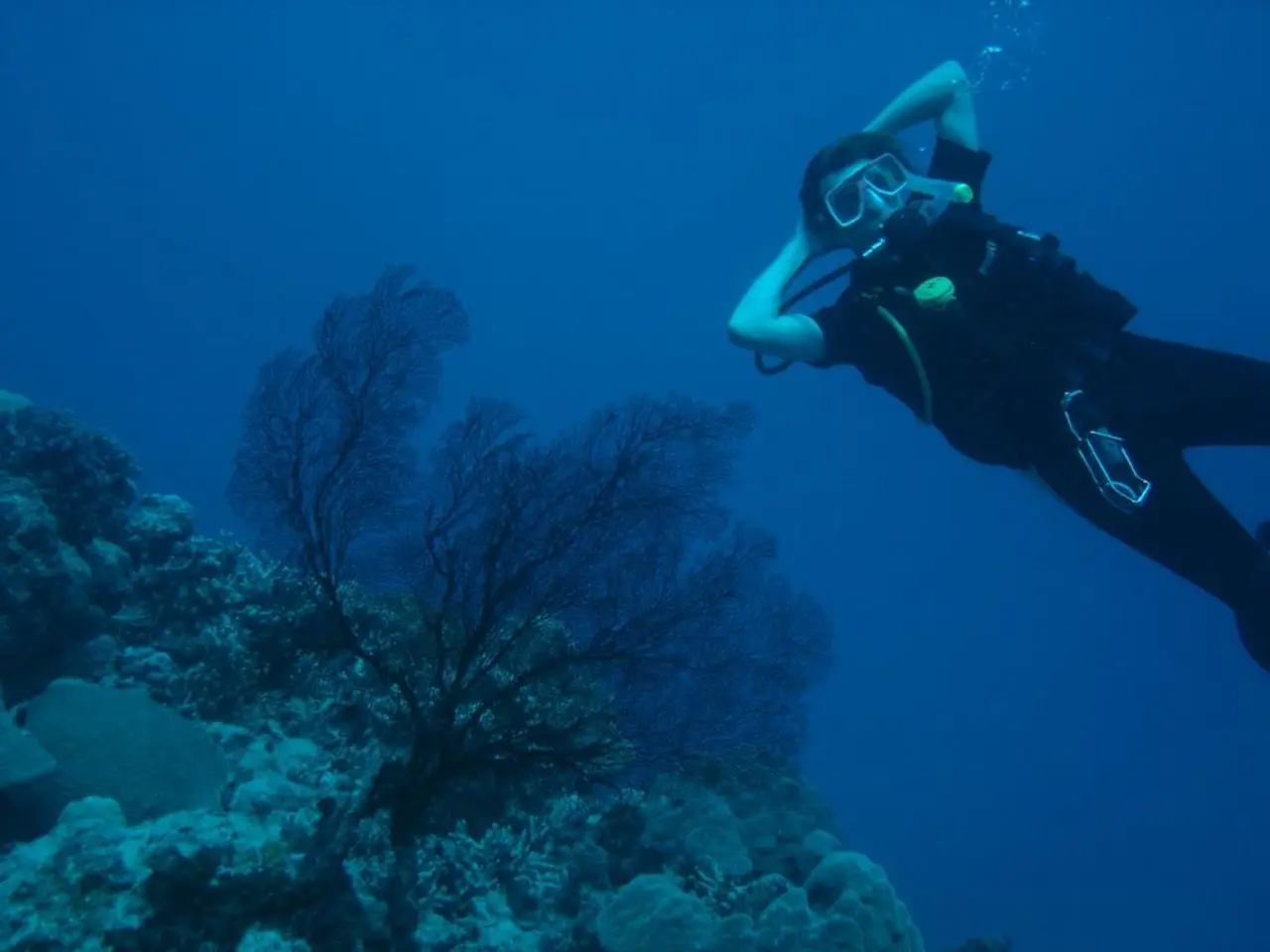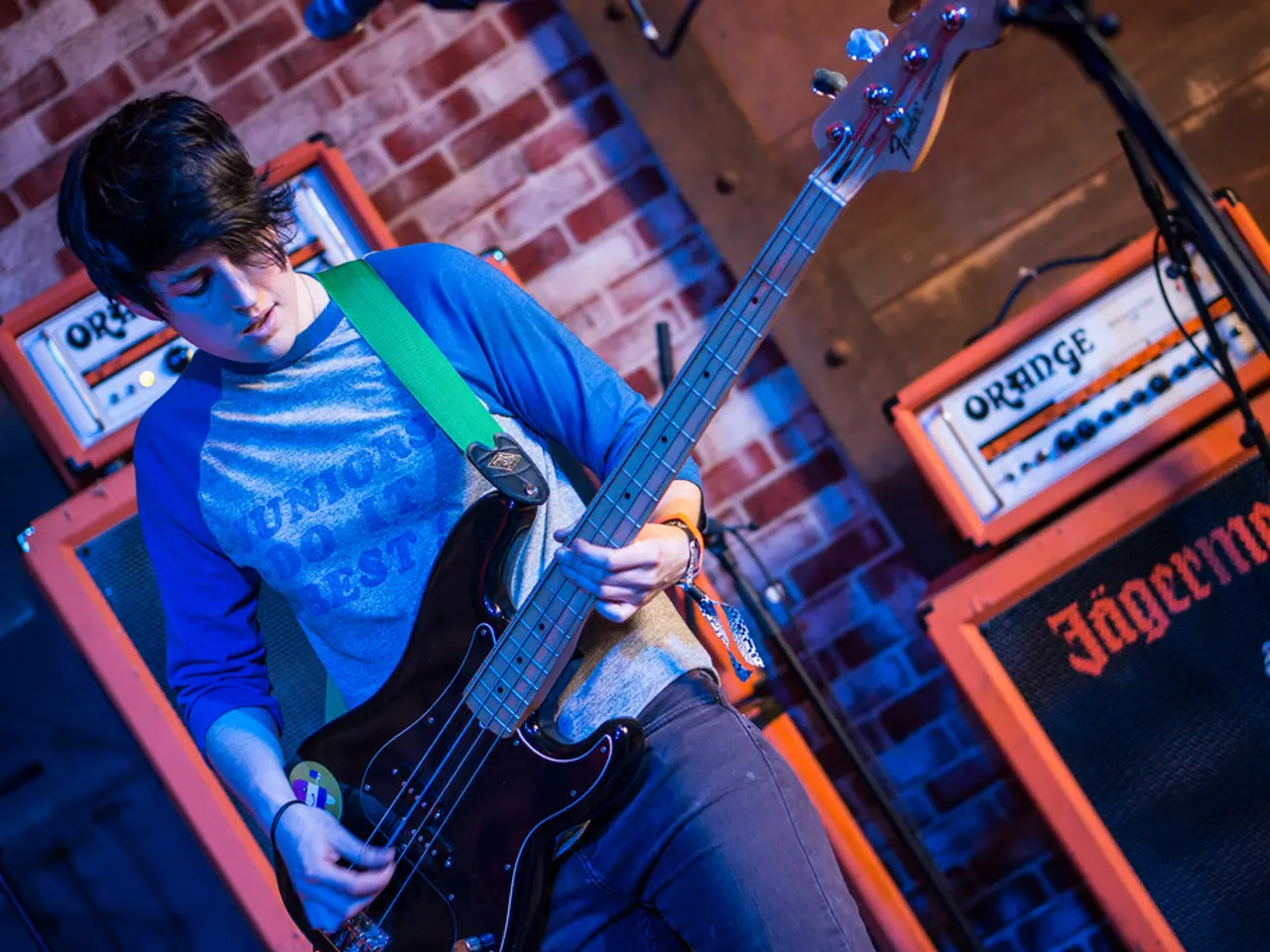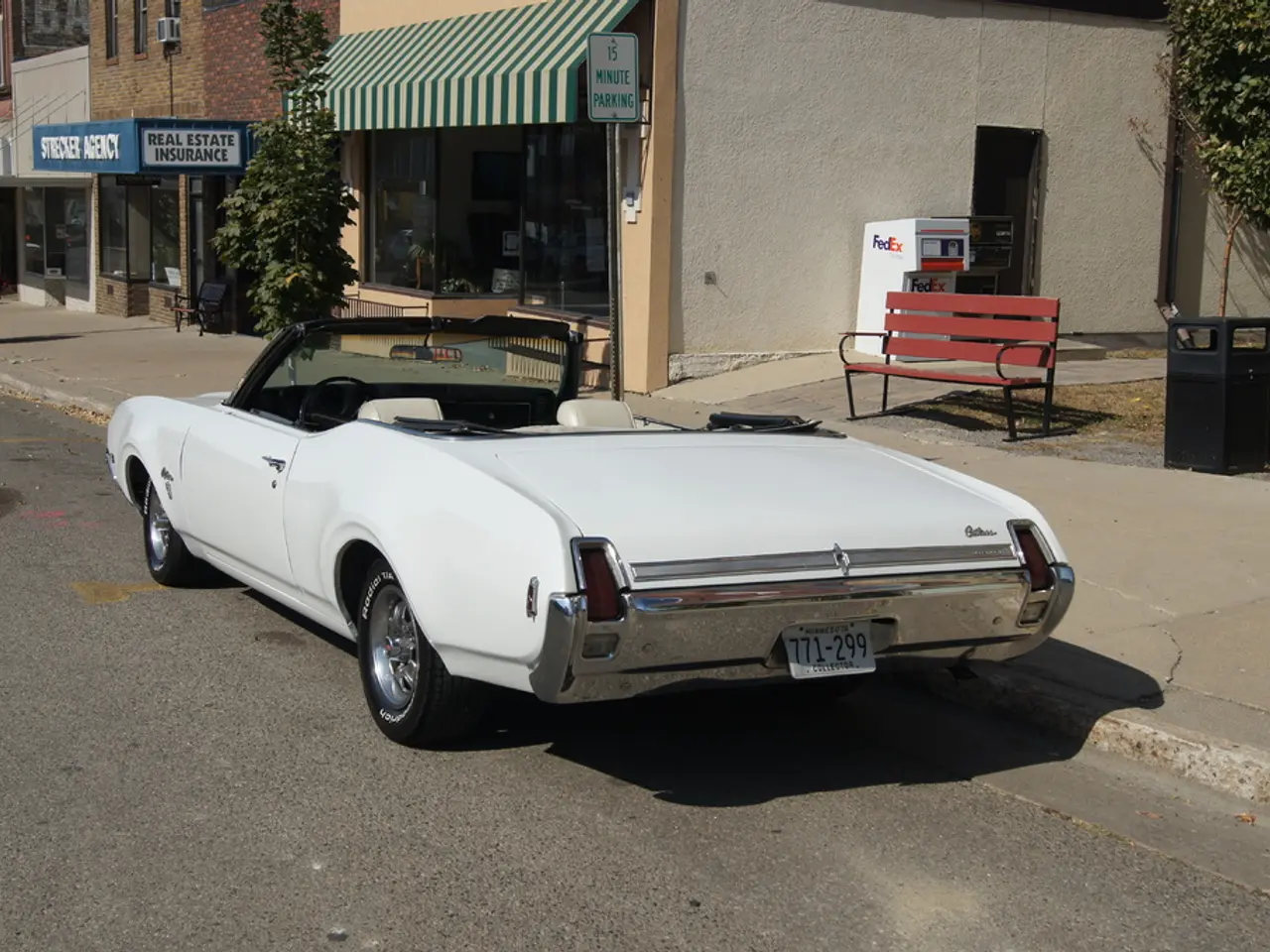Drone-Utilizing Florida Fisherman Rescues Sinking Teenager
In a heart-stopping incident at Pensacola Beach, Florida, a teenager's life was saved thanks to the quick thinking and innovative use of technology by a local shark fisherman, Andrew Smith.
Smith, who cannot swim due to a seizure disorder, was fishing at the beach when he was asked to help a teenager in danger of being swept away by a powerful rip current. With his drone equipped with a flotation device, he managed to save the girl's life in a matter of minutes.
The incident occurred on Thursday, with the teenager spending approximately ten minutes caught in the rip current before Smith's intervention. The first attempt to deliver the flotation device to the girl was a "terrible miss," but with the help of a bystander who handed Smith another flotation device for a second attempt, he was able to lower it until the girl could grab it.
Authorities have since hailed Smith's actions as crucial to the girl's survival. The use of drones in rescue missions is becoming increasingly recognised as a valuable tool, offering improved safety, faster decision-making, cost efficiency, and smarter coordination during emergencies.
Drones provide detailed situational awareness before sending rescue teams into dangerous areas, reducing risk to personnel. Live video streams and AI analytics help emergency coordinators make quicker, more informed decisions. They are also less expensive to operate than helicopters and can be reused for multiple missions.
Examples of drone use in rescue operations abound. In Ireland, drones with thermal imaging have been used to identify fire edges and hotspots in rural wildfires, helping firefighters prioritise containment and protect vulnerable areas. In Nepal, drones were used to map damaged zones and identify survivors following the 2015 earthquake, supporting coordinated relief efforts.
In the aftermath of Hurricane Harvey, drones delivered live footage of flooding, enabling quick aid deployment while minimising exposure to hazards. Drones are also being considered for regular use as lifeguards by public officials.
The use of drones in rescue missions is not just limited to land-based incidents. In Scotland, a drone was used to locate a mountaineer who had fallen from an ice cliff, a situation that would have otherwise presented immense challenges.
Emerging technologies like drone swarms are starting to enhance emergency communication networks by delivering real-time data from multiple sensors, further boosting situational awareness for responders in complex disasters.
After being checked over by medical professionals, the girl was sent home with a clean bill of health. This incident serves as a testament to the life-saving potential of drones and the crucial role they can play in rescue operations.
- In the world of Gizmodo, the future of technology-based rescue operations is being redefined, with drones increasingly recognized as invaluable tools.
- As shown by Andrew Smith's quick-thinking use of his tech-equipped drone to save a girl from a dangerous rip current, these devices can potentially alter the course of sports-related or other outdoor emergencies.
- With advancements in technology and emerging solutions like drone swarms, the landscape of future rescue missions could include every geographical terrain—whether it's a remote mountain in Scotland or a bustling sports arena.




